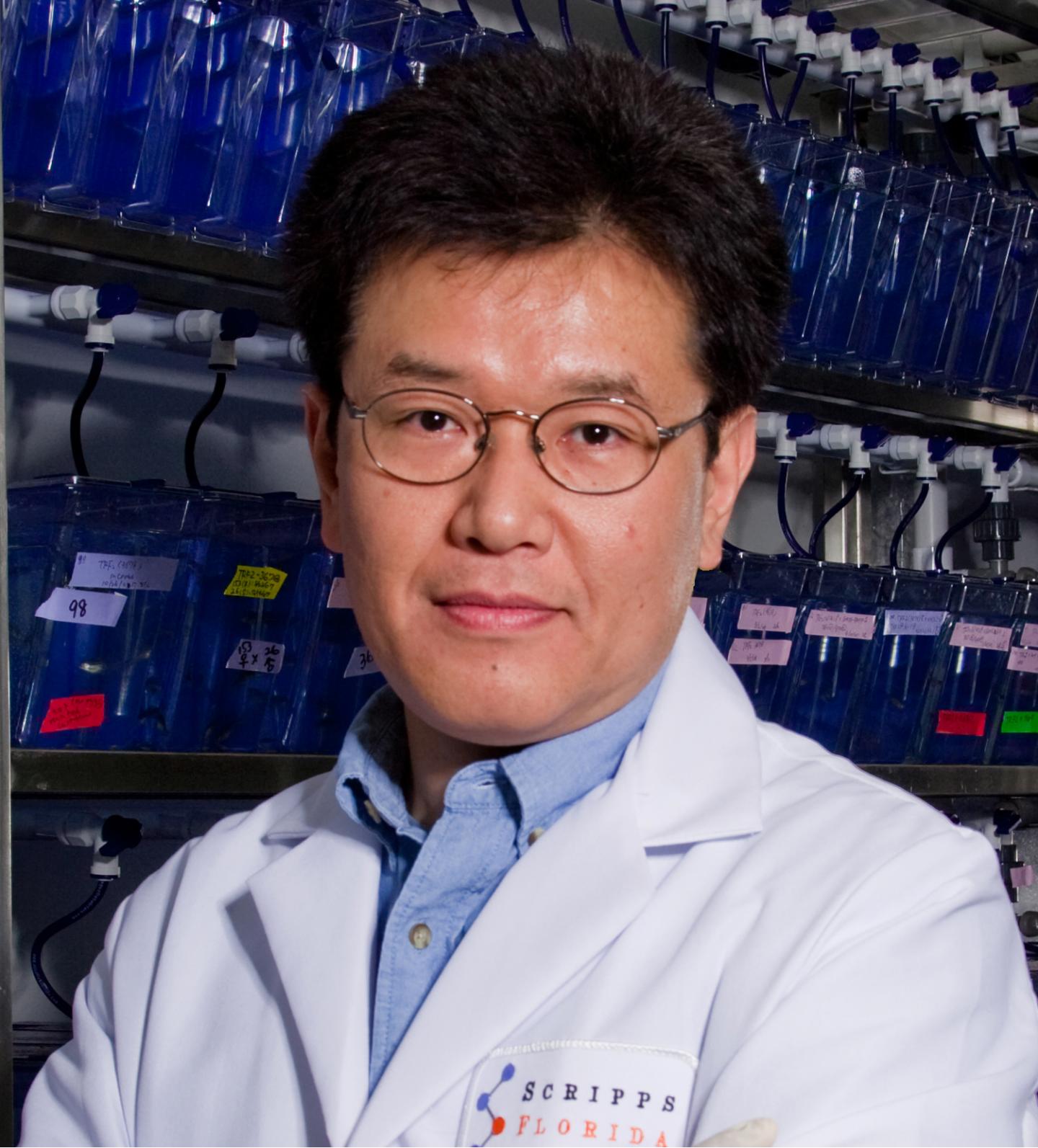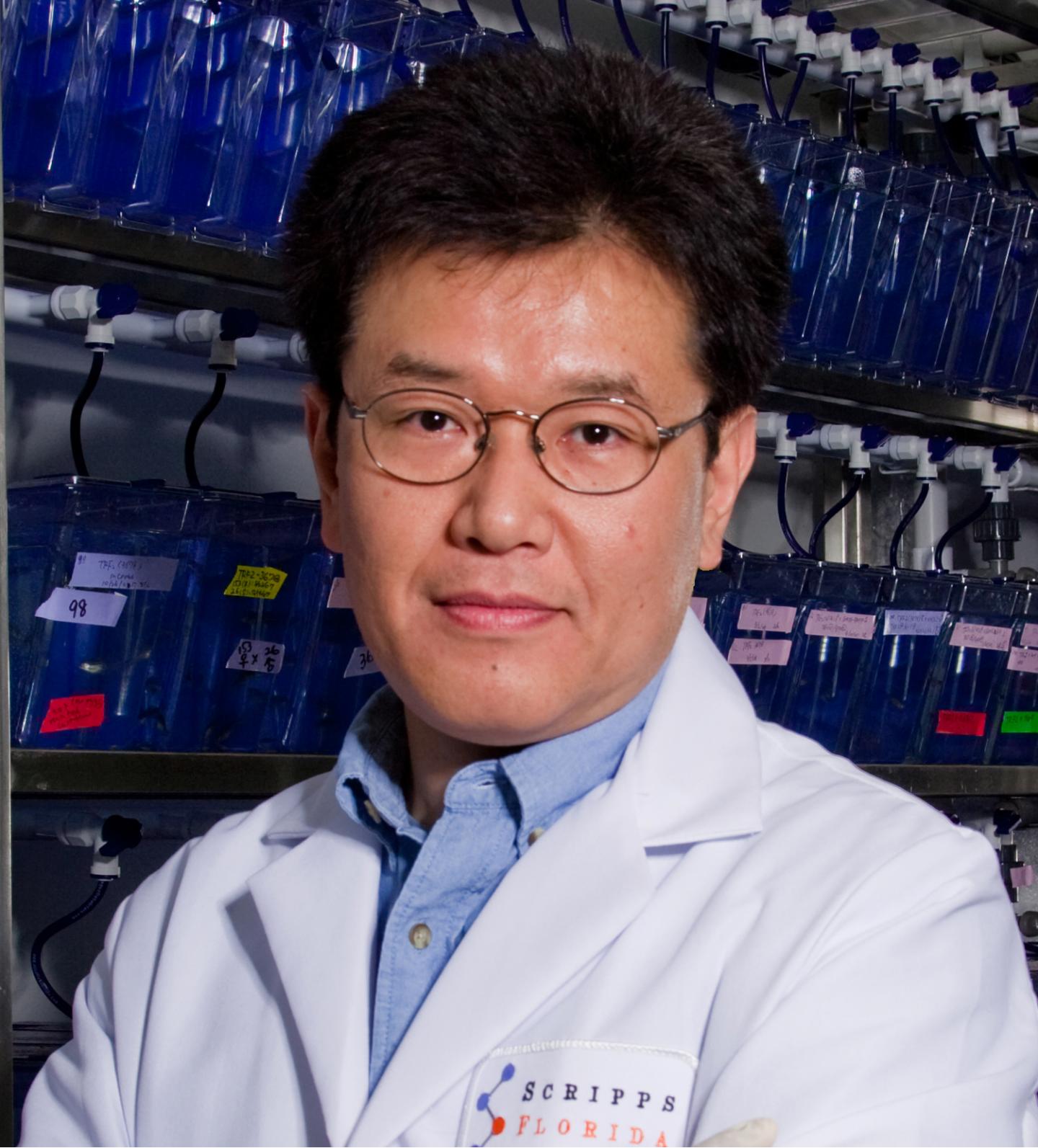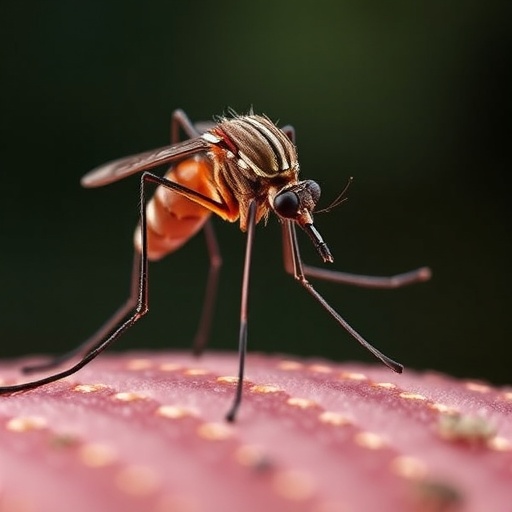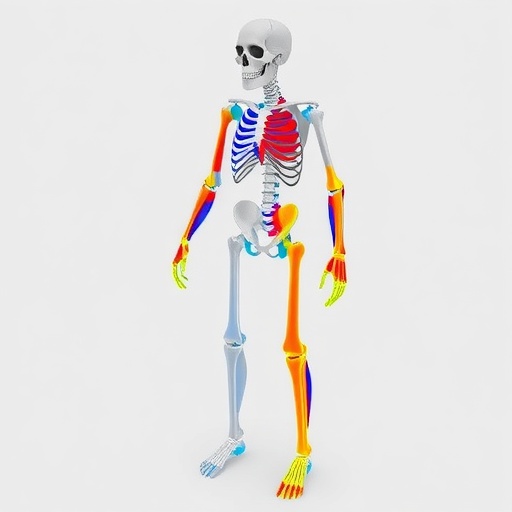
Credit: The Scripps Research Institute
JUPITER, FL – December 21, 2016 – In a new study, scientists from the Florida campus of The Scripps Research Institute (TSRI) have shown how two genes "balance" each other to maintain normal cell function. A disruption in one of the genes, called spns1, can induce degradation and premature "senescence"–or aging–while the other gene, called atp6v0ca, can jump in to suppress that degradation.
Their experiments in zebrafish suggest that these combined genetic disruptions can counteract premature aging and extend developmental lifespan.
"We found that the dual defects did indeed counteract senescence during development and extended the animal's survival and life span," said TSRI Associate Professor Shuji Kishi.
The findings, published recently in the journal Autophagy, could also guide future treatments for diseases that involve the body's inability to degrade unwanted or harmful compounds.
A Closer Look at Lifespan
Cellular senescence is when cells stop dividing and is a normal part of aging. Interestingly, senescence is not only observed in later aging stages but is also detectable during embryonic development in vertebrates.
In the new study, the researchers took a closer look at the gene spns1. In vertebrates, such as zebrafish and humans, the protein encoded by spns1 is important in a cellular process called autophagy, when the cell moves unwanted material to a cellular structure called the lysosome. Previous research had shown that defects in this gene can also cause senescence in the embryonic stage and premature aging symptoms in adulthood.
However, Kishi and his colleagues found that a concurrent disruption of another gene– atp6v0ca, whose sole defect still causes senescence–led to suppression of the process induced by the defective spns1 gene.
"Our findings suggest that these two defects actually function at a balance point that is critically involved in the regulation of developmental senescence–and that balance allows for normal cell function," said Kishi.
Restoring the Balance
The scientists are now considering ways to influence the balance between these genes as a strategy to treat lysosomal storage diseases such as Pompe disease, where the excessive buildup of a substance called glycogen results in severe muscle weakness. They believe there may also be applications in treating age-associated degenerative diseases linked to late-stage autophagy disruption.
"The use of appropriate inhibitors, selective for key steps in the biosynthesis of cellular macromolecules in general, may restore normal dynamics in the autolysosomal compartment and correct the pathological storage that is the ultimate cause of these types of disease," said TSRI Research Associate Shanshan Lian, the co-first author of the study.
The findings may also lead to the development of tools to help identify new genes that affect the aging process without the need for performing lengthy adult lifespan analyses. This approach could be applied to the high-throughput identification of pharmacological agents that control aging and lifespan through enhanced resistance to various stressors, including oxygen radicals.
###
In addition to Kishi and Lian, other authors of the study, "Autolysosome Biogenesis and Developmental Senescence Are Regulated by Both Spns1 and V-Atpase," include TSRI's Tomoyuki Sasaki, a co-first author and Alam Khan; Jesse R. Llop, Andrew V. Samuelson of the University of Rochester; Wenbiao Chen of the Vanderbilt University; and Daniel J. Klionsky of the University of Michigan.
This study was supported by the National Institutes of Health (grants GM101508 and GM053396).
About The Scripps Research Institute
The Scripps Research Institute (TSRI) is one of the world's largest independent, not-for-profit organizations focusing on research in the biomedical sciences. TSRI is internationally recognized for its contributions to science and health, including its role in laying the foundation for new treatments for cancer, rheumatoid arthritis, hemophilia, and other diseases. An institution that evolved from the Scripps Metabolic Clinic founded by philanthropist Ellen Browning Scripps in 1924, the institute now employs more than 2,500 people on its campuses in La Jolla, CA, and Jupiter, FL, where its renowned scientists–including two Nobel laureates and 20 members of the National Academy of Science, Engineering or Medicine–work toward their next discoveries. The institute's graduate program, which awards PhD degrees in biology and chemistry, ranks among the top ten of its kind in the nation. For more information, see http://www.scripps.edu.
Media Contact
Madeline McCurry-Schmidt
[email protected]
858-784-9254
@scrippsresearch
http://www.scripps.edu
############
Story Source: Materials provided by Scienmag





